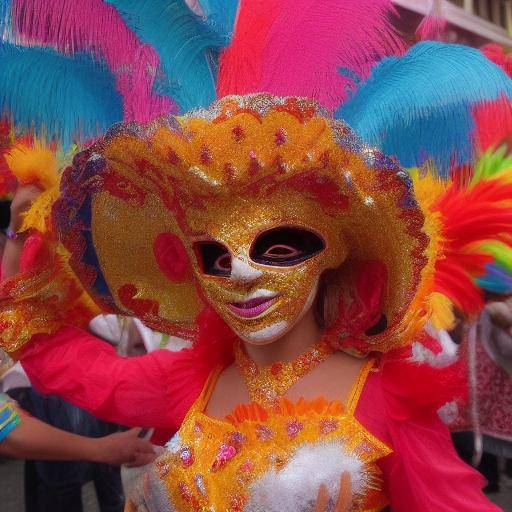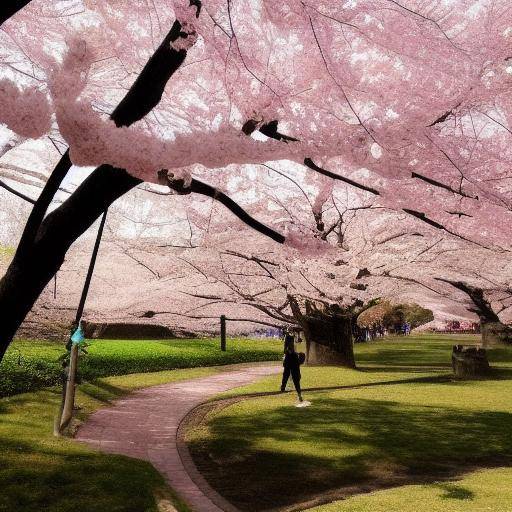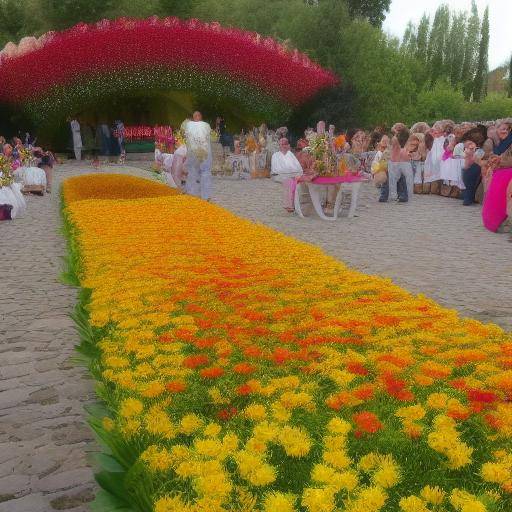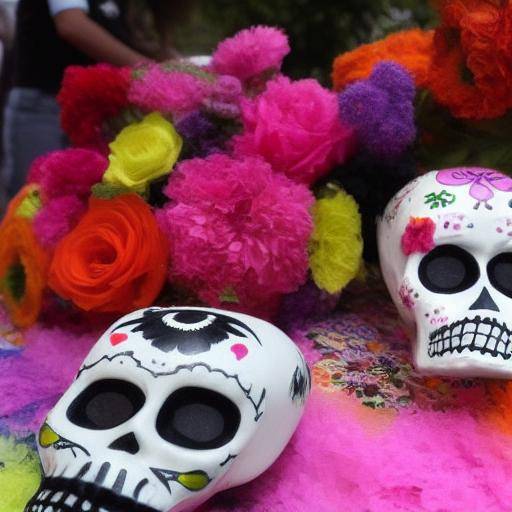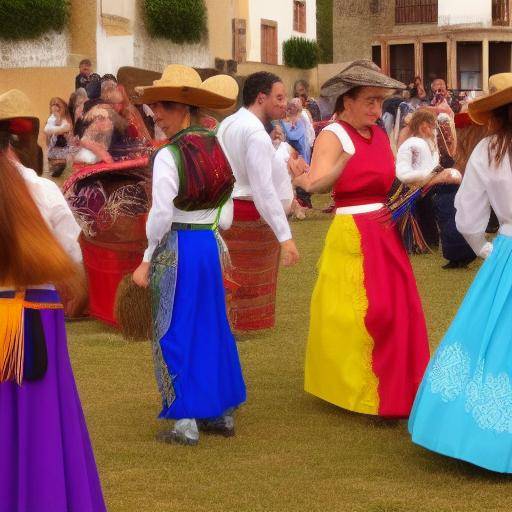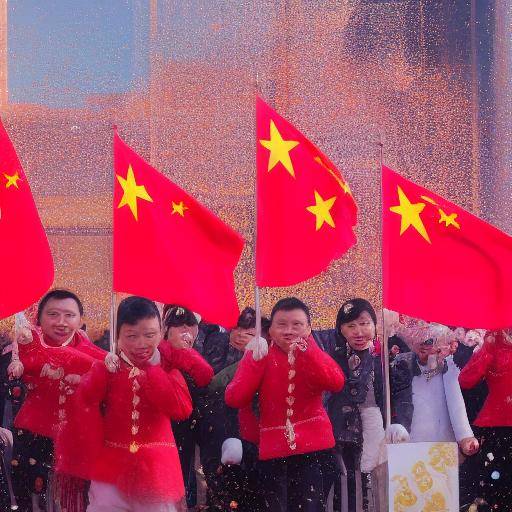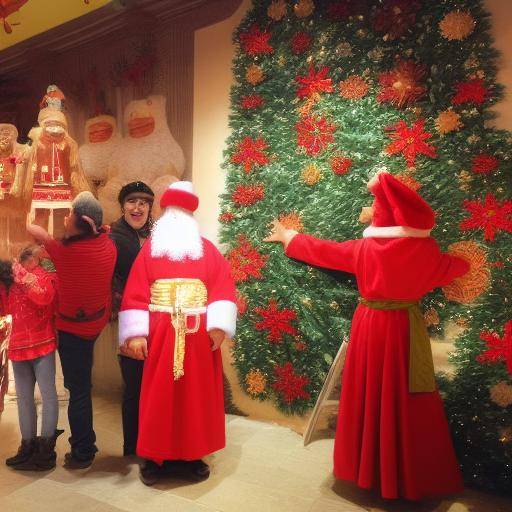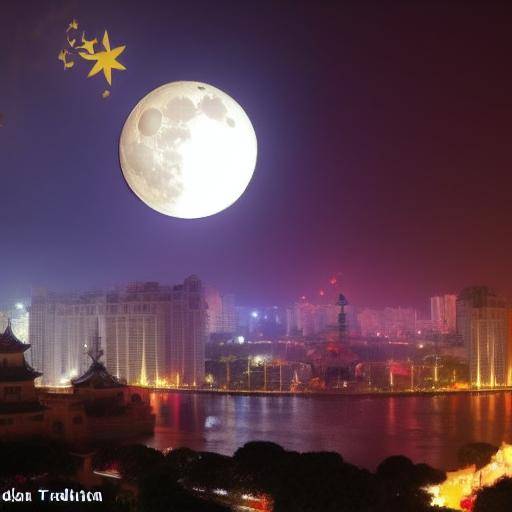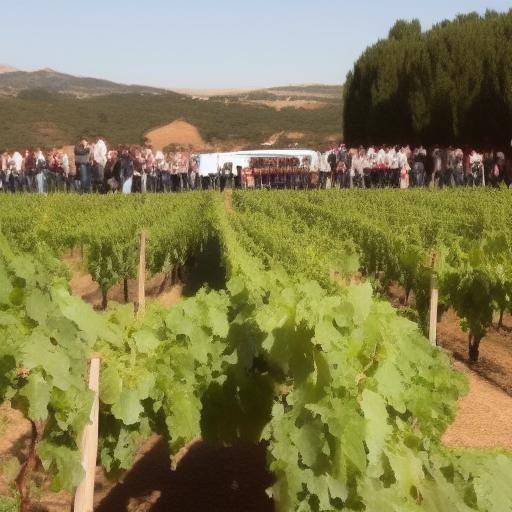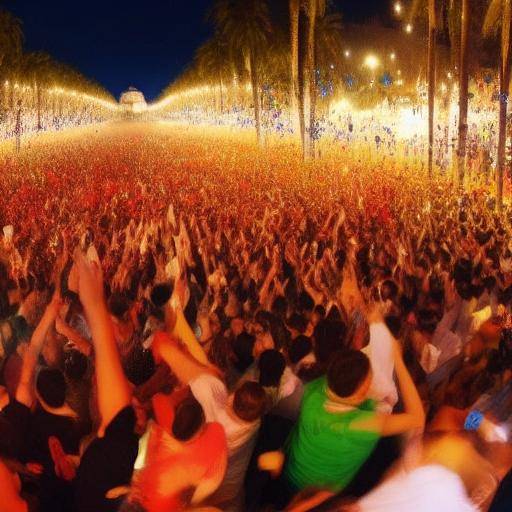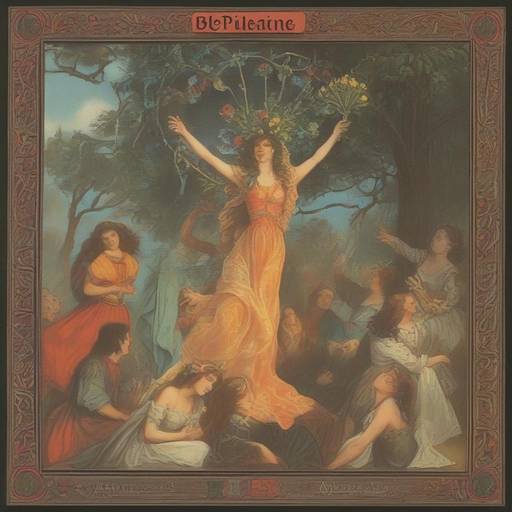
Welcome to the most colorful and charming celebration of Colombia, the festival of flowers. In this article, we will explore the rich history, cultural importance and magic behind this vibrant event. We will discover how the traditional fiestas of Colombia, especially the festival of flowers, have come to define the identity and spirit of this beautiful country. Ready to immerse yourself in a world of color, music and tradition? Join us on this exciting journey!
Introduction
The Charm of the Festival of Flowers
Every year, the city of Medellin is engalana with an explosion of colors and aromas during the festival of flowers. This event, which is held in early August, is much more than a parade of beautiful bouquets and floral arrangements. It is a tribute to the lush nature of Colombia, a wave to local handicrafts and a celebration of the country's cultural identity.
Over the years, the festival of flowers has become a symbol of pride for Colombians, attracting visitors from around the world who seek to immerse themselves in the joy and tradition that unfold in every corner of the city.
In this article, we will explore the fascinating history behind the festival of flowers, examine the way it has shaped the identity of Colombia and immerse ourselves in the joyous color and music whirlwind that characterizes this event.
History and Background
Origins of the Festival of Flowers
The origins of the festival of flowers date back to the nineteenth century, when the flowering activity began to thrive in the region of Antioquia. It was in the midst of this flourishing that the idea of commemorating flowers and their impact on local culture was born through a festive event.
The first flower festival was held in 1957, thus marking the beginning of a tradition that lasts until today. Since then, the event has grown in magnitude and relevance, becoming one of the most emblematic festivals in Colombia.
Evolution of the Festival throughout the Years
Over the decades, the flower festival has evolved, incorporating new activities, events and traditions that have enriched the experience of the attendees. What began as a modest parade of flower-decorated carts has become a multifaceted show combining parades, floral exhibitions, concerts and cultural events.
The festival not only celebrates the beauty of flowers, but also pays tribute to local crafts, folk music and ancestral traditions that have shaped the identity of the Antioquia region.
Analysis in Deep
Cultural and Economic Importance of the Festival
The flower festival is not only a cultural festival, but also plays a crucial role in the local economy. Floriculture is one of the main economic activities in the region, and the festival provides a platform to highlight the skill and creativity of flower producers, thus promoting industry and generating employment opportunities.
Current Challenges and Opportunities
Despite its importance, the festival of flowers also faces challenges in the modern era. Environmental sustainability, the preservation of ancestral traditions and the inclusion of new artistic expressions are aspects that require attention and balance. However, these challenges also present opportunities to innovate and enrich the experience of the festival, ensuring its relevance in future generations.
Comprehensive review
Festival Applications in the Current Society
The festival of flowers goes beyond an annual event; its influence extends to the community and the social fabric of Medellín. Through educational programs, urban beautification projects and social inclusion activities, the festival has managed to promote the sense of belonging and civic pride among the inhabitants of the city, thus strengthening the social fabric and promoting community integration.
Futures and Emerging Trends
The festival of flowers continues to evolve, adapting to cultural and social changes. There is a future in which the festival will remain a bastion of Colombian identity, while incorporating new artistic expressions, sustainable approaches and greater participation of diverse communities. The commitment to environmental preservation and the enrichment of regional traditions will be the pillars of their future development.
Comparative analysis
Festival de las Flores vs. Traditional parties in Colombia
Although Colombia hosts a wide variety of traditional festivals, the flower festival stands out as a unique event that captures national and international attention. Unlike other festivals, the festival of flowers combines the natural beauty of flowers with artistic and cultural expressions that distinguish it as an incomparable celebration.
Practical Tips and Accessible Recommendations
Enjoying the Maximum of the Flowers Festival
- Plan your visit to the festival in advance to enjoy the most exhibitions, parades and cultural events.
- Explore the different options for tours and complementary activities that allow you to immerse yourself in the festival experience.
- It supports local artists acquiring traditional handicrafts and products during the festival.
Ideas of Experts and Industrial Perspectives
Reflections of Experts
According to the botany María Camila Posada, "The festival of flowers is a living testimony of the floral richness of Colombia and a tribute to the skill of our horticulturers, whose work is fundamental for the festival and for the country's economy."
Case Studies and Practical Applications
Impact of the Festival in the Community
A study conducted by the University of Antioquia revealed that the flower festival has contributed significantly to social cohesion and the sense of identity in the community of Medellín. Improvements were observed in self-esteem, perception of the urban environment and citizen participation among the inhabitants.
Future Trends and Predictions
Projections for the Flowers Festival
Current trends suggest an increase in the integration of innovative technologies, such as increased reality, to enrich the festival experience. In addition, the inclusion of indigenous and Afro-descendant communities in the celebrations is envisaged, recognizing their fundamental role in the cultural diversity of Colombia.
Conclusion
The flower festival in Colombia is much more than a floral event; it is a symbol of the country's cultural wealth, diversity and vitality. Through its colorful parades, exhibitions and events, this festival has managed to intertwine nature, tradition and community in an unforgettable celebration that lasts in the heart of those who have the privilege of being part of it. May the festival of flowers continue to flourish, giving joy and connecting hearts throughout the world.
Frequently asked questions
What is the story behind the flower festival in Colombia?
The festival of flowers has its origins in the flourishing business of floriculture in the region of Antioquia in the mid-19th century. The first celebration was held in 1957, since then becoming a tradition rooted in Colombian culture.
What activities take place during the flower festival?
The flower festival offers a wide range of activities, including float parades adorned with flowers, floral displays, concerts, cultural events, competitions and more.
How can I participate in the flower festival in Colombia?
If you want to participate in the flower festival, we recommend planning your visit in advance, booking your accommodation and exploring the different options for tours and activities available. During the festival, you can enjoy the natural beauty of flowers, folk music, local crafts and the hospitality of the people of Medellín.
What is the economic importance of the flower festival for Colombia?
The flower festival not only has a significant cultural impact, but also plays a crucial role in the local economy. Floriculture is one of the main economic activities in the region, and the festival contributes to highlighting the skill and creativity of flower producers, thus promoting industry and generating employment opportunities.
What are the emerging trends in the flower festival?
There is a movement towards the incorporation of innovative technologies, such as increased reality, to enrich the experience of the festival. In addition, the inclusion of indigenous and Afro-descendant communities in the celebrations is envisaged, recognizing their fundamental role in the cultural diversity of Colombia.
What difference does it make to the flower festival of other festivals in Colombia?
Unlike other festivals, the flower festival stands out as a unique event that captures national and international attention. It combines the natural beauty of flowers with artistic and cultural expressions that distinguish it as an incomparable celebration.
What are the benefits of the festival of flowers for Colombian society?
The festival of flowers has contributed significantly to social cohesion and the sense of identity in the community of Medellín. Improvements were observed in self-esteem, perception of the urban environment and citizen participation among the inhabitants.
What is the environmental impact of the flower festival?
The flower festival is committed to sustainable practices, promoting environmental preservation and responsibility for waste management. It also raises awareness of the importance of native flora and the protection of local ecosystems.
In short, the festival of flowers in Colombia is a celebration that transcends floral beauty to become a symbol of identity, tradition and cultural vitality. This annual festival not only highlights the beauty of flowers, but also enhances the creativity, heritage and community of Colombia. We hope that this article has provided a deeper and more enriching understanding of the festival of flowers and their meaning for Colombia.

